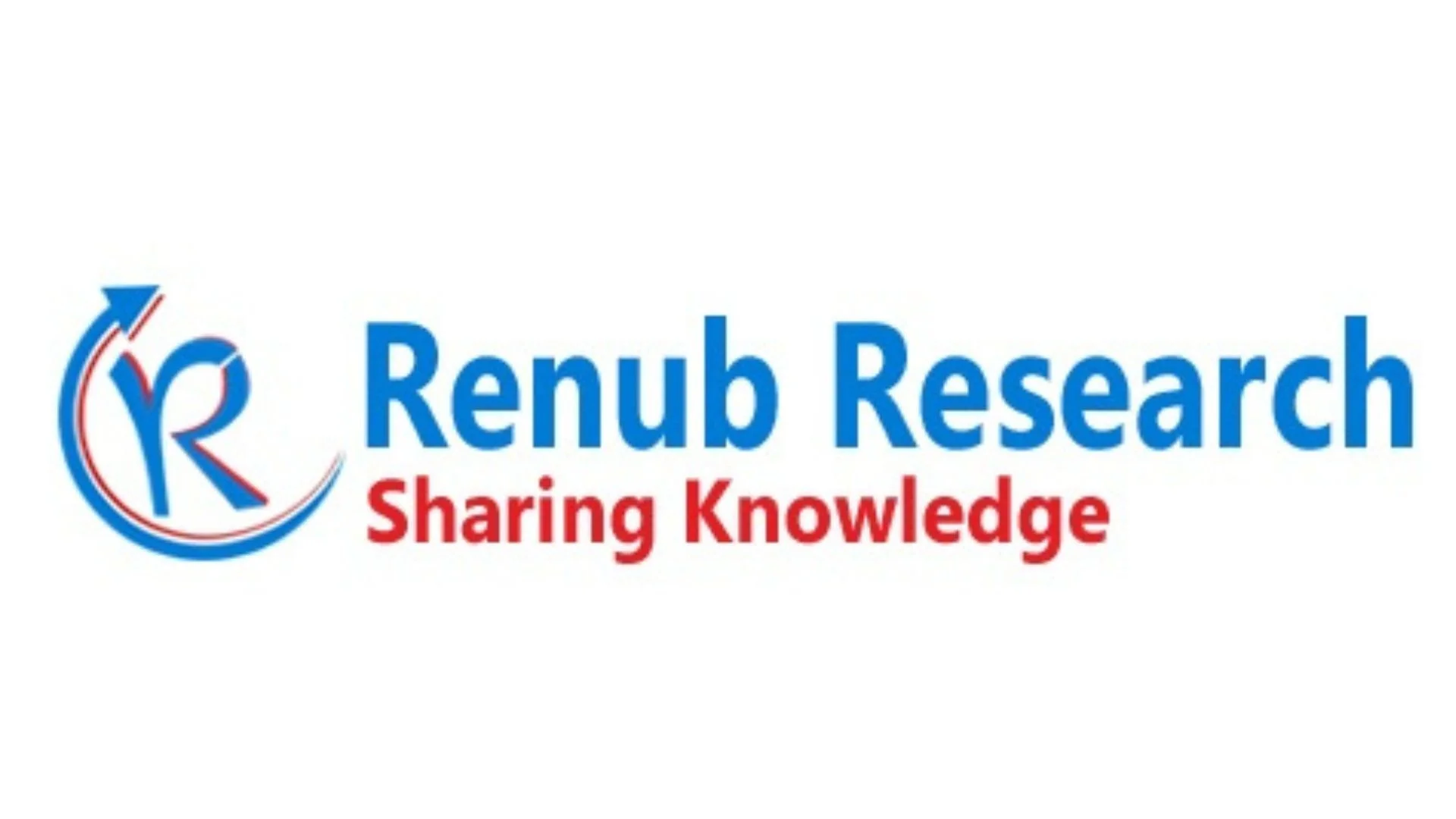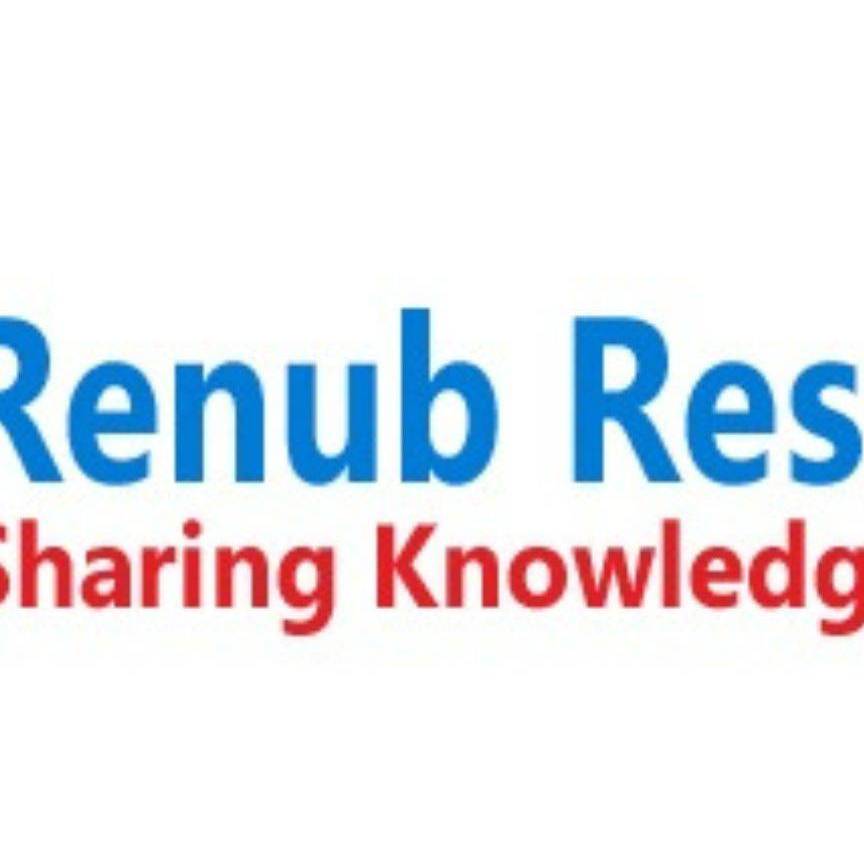Washing Machine Market Overview
According to Renub Research Recent Analysis washing machine market was valued at USD 61.60 billion in 2024 and is projected to reach USD 87.82 billion by 2033, growing at a compound annual growth rate (CAGR) of 4.02% from 2025 to 2033. Growth is driven by increasing disposable income, urbanization, busy lifestyles, and advancements in washing machine technology. Rising consumer awareness about energy efficiency, water conservation, and the convenience of smart appliances is also fueling global demand across both residential and commercial segments.
The report Washing Machine Market Forecast Report by Product (Fully Automatic, Semi-Automatic), Technology (Smart Connected, Conventional), End-use (Commercial, Residential), Application (Healthcare, Hospitality, Others), Sales Channel (E-Commerce, Retail Chains, Direct Sales), Country and Company Analysis 2025-2033 provides a comprehensive analysis of market trends, competitive landscape, and regional insights.
Full Access Report:https://www.renub.com/washing-machine-market-p.php
Washing Machine Market Analysis
A washing machine is a household appliance designed to automate the cleaning of clothes, linens, and other textiles. It reduces manual effort by using water, detergent, and mechanical agitation to remove dirt and stains. Washing machines are available in top-load, front-load, and semi-automatic variants, catering to different user requirements and budgets.
The primary benefits of washing machines include time savings, convenience, and hygienic cleaning. Modern machines feature multiple wash cycles, temperature controls, and energy-efficient modes. Smart and connected washing machines further allow remote monitoring, automated detergent dispensing, and customizable washing programs. These appliances are widely used in residential homes, commercial laundromats, hotels, hospitals, and other institutions.
Key Market Trends
Emerging Economies Driving Demand
Rising middle-class populations in India, Indonesia, Brazil, and Nigeria are driving growth in the home appliance segment. Urbanization, improved electricity access, and increasing disposable incomes make washing machines more affordable for households. Government programs supporting rural electrification and home modernization also promote appliance adoption. Manufacturers offering cost-effective, water-saving, and durable models tailored to local needs can capitalize on this growing demand.
Growth of Smart and Connected Appliances
Smart washing machines equipped with IoT, Wi-Fi, and AI functionalities are becoming increasingly popular. Consumers prefer appliances that allow remote operation, automatic detergent dosing, personalized wash cycles, and energy monitoring. As smart homes gain traction, connected washing machines are expected to witness strong demand. Companies investing in R&D for user-friendly, intelligent washing solutions are likely to lead this segment.
Focus on Sustainability and Energy Efficiency
Eco-friendly and energy-efficient washing machines are gaining prominence due to rising environmental awareness and government regulations. Appliances with high Energy Star ratings, low water consumption, and higher spin speeds are highly sought after. Sustainable manufacturing practices and green innovation help companies appeal to environmentally conscious consumers while meeting regulatory compliance in international markets.
Expansion of E-Commerce and Online Sales
The growth of e-commerce has transformed washing machine distribution, especially in remote and under-served markets. Online channels allow consumers to research, compare, and purchase appliances conveniently, with flexible payment options and home delivery. Brands investing in robust digital strategies, targeted promotions, and improved after-sales services can expand their reach and strengthen customer loyalty.
Premium and Built-in Appliance Demand
Rising disposable income and evolving lifestyles are driving demand for high-end washing machines with features such as steam cleaning, inverter motors, touch displays, and customizable settings. Urban housing constraints are boosting interest in built-in or space-saving appliances. Companies launching sleek, high-performance designs can capture premium and design-conscious consumer segments.
👉 Want to explore detailed market trends, segment insights, and forecasts? 🔗 Request Sample Report:https://www.renub.com/request-sample-page.php?gturl=washing-machine-market-p.php
Porter's Five Forces Analysis
Competitive Rivalry
The washing machine market is highly competitive, with major global players like Whirlpool, LG, Samsung, Bosch, and Haier dominating. Competition is based on price, energy efficiency, innovation, and brand reputation. Product differentiation is moderate, making after-sales service and brand identity key factors. New product launches, technological innovations such as AI-driven controls, and eco-friendly features intensify market rivalry. E-commerce has lowered entry barriers, increasing competition in price-sensitive markets.
Threat of New Entrants
The threat of new entrants is moderate due to high capital requirements, regulatory compliance, and economies of scale enjoyed by established players. Startups often target niche segments or online channels to enter the market. Without brand recognition, after-sales support, or innovation capabilities, scaling is difficult. Strategic differentiation and substantial investment are critical for new entrants to succeed.
Bargaining Power of Suppliers
Supplier power is generally moderate. While commodity suppliers (steel, plastic) have low bargaining power, suppliers of specialized components like motors and semiconductors can exert influence. Large manufacturers mitigate supplier risks through long-term agreements, multiple sourcing, and vertical integration. Supply chain disruptions, such as semiconductor shortages, can temporarily affect power balance.
Bargaining Power of Buyers
Buyers have substantial power due to easy access to product information, reviews, and alternatives. The wide range of washing machine models—from budget to premium—forces manufacturers to compete on price, features, and value-added services. Large-volume buyers, such as retailers or commercial institutions, wield even more negotiating power. Low switching costs further enhance buyer influence.
Threat of Substitutes
The threat of substitutes is relatively low. Hand washing is labor-intensive and inefficient, particularly in urban and developed regions. In developing countries, communal laundry or hand washing can serve as a substitute. Emerging rental or subscription models may change access patterns but do not replace the fundamental utility of washing machines.
Growth Drivers
Rising Disposable Income and Urbanization
Increasing disposable incomes and urbanization are making modern appliances more accessible. Urban dwellers prioritize convenience, driving demand for fully automatic and smart washing machines. Compact and energy-efficient designs are increasingly preferred due to limited living space. Female workforce participation has also increased reliance on appliances that save time and effort.
Technological Advancements and Smart Features
Innovations such as AI-driven wash cycles, IoT connectivity, and energy-efficient designs attract tech-savvy consumers. Smart machines allow remote operation, automatic detergent dispensing, and self-cleaning, enhancing convenience and garment care. Companies continuously develop smart solutions to meet consumer demand for digitalization and automation. For instance, Samsung’s AI Ecobubble™ fully automatic front-load washing machines provide faster washing, better fabric care, and significant energy savings.
Environmental Awareness
Consumers are increasingly concerned with energy and water conservation. Governments are implementing stricter regulations promoting energy-efficient appliances, and consumers are demanding eco-friendly options. Features such as inverter technology, low water consumption, and high energy efficiency help reduce environmental impact while lowering utility bills, further boosting adoption.
Challenges
High initial costs, maintenance expenses, supply chain disruptions, and fluctuations in raw material prices pose challenges. Smart and fully automatic models can be expensive, limiting adoption in price-sensitive markets. Global economic downturns, trade restrictions, and component shortages also impact production and pricing.
Market Segmentation
By Product: Fully Automatic, Semi-Automatic
By Technology: Smart Connected, Conventional
By End-Use: Commercial, Residential
By Application: Healthcare, Hospitality, Others
By Sales Channel: E-Commerce, Retail Chains, Direct Sales
Regional Insights
· United States: High disposable income, adoption of smart appliances, and energy efficiency drive growth.
· France: Preference for compact, eco-friendly, and smart machines.
· China: Rapid urbanization and technological advancement boost demand for AI-enabled and energy-efficient models.
· Saudi Arabia: Urbanization, rising expatriate population, and water scarcity drive demand for water-efficient and smart machines.
👉 For deeper analysis, detailed segment data, and company insights: 🔗 Request Customization Report:https://www.renub.com/request-customization-page.php?gturl=washing-machine-market-p.php
Key Players
Key market participants include Whirlpool, Samsung, LG Electronics, IFB Appliances, Panasonic Holdings Corporation, Haier Inc., Godrej, General Electric, and AB Electrolux. Companies compete through innovation, product differentiation, and expansion into emerging markets.
Note: If you need details, data, or insights not covered in this report, we are glad to assist. Through our customization service, we will collect and deliver the information you require, tailored to your specific needs. Share your requirements with us, and we will update the report to align with your expectations.




